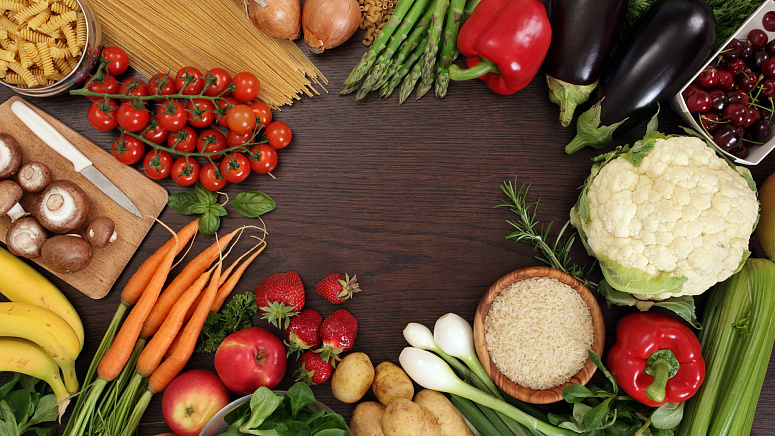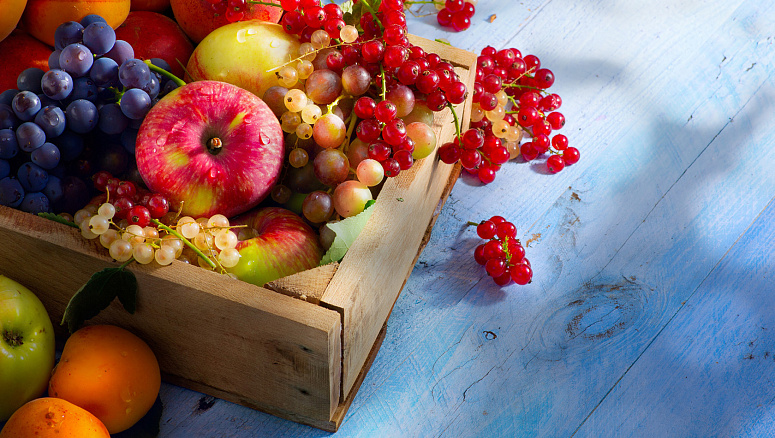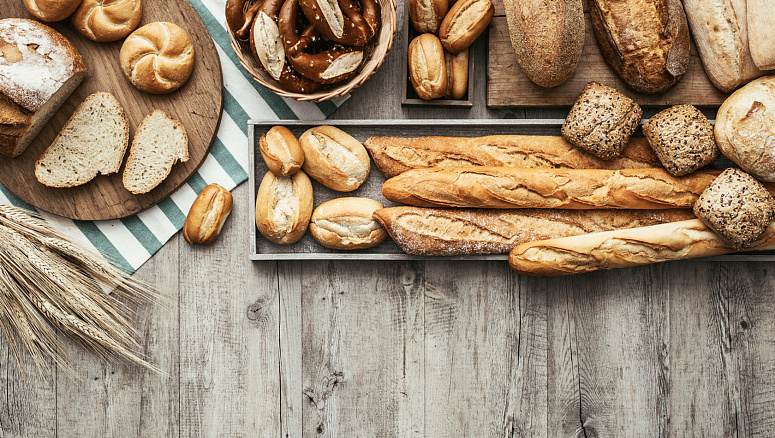According to Ayurveda, we are free to eat what we want as long as we stay mindful of our individual constitution. However, what we eat must be well digested. Otherwise, the remains of undigested food turn into toxins and become the cause of many diseases. To reduce the formation of toxins, the Ayurvedic approach to food pays special attention to the quantity of food, dietary regimen, and food combinations.
Food is a special topic in Ayurveda. Every food has many qualities and characteristics. Mixing incompatible groups of food can overwhelm agni, which may lead to the most negative consequences for the body.
Combining foods: basic principles according to Ayurveda
There are three factors that determine the qualities of every food. These are taste (rasa), heating or cooling energy (virya), and a post-digestive effect (vipaka). When two foods with different taste, energy, or post-digestive effect are combined, it can overload the agni. Just as a medicine taken not as prescribed can become a poison, some foods can become toxic if combined incorrectly. Combining incompatible foods weakens the entire gastrointestinal tract, can cause fermentation, gassiness, bloating, and ultimately can lead to a buildup of toxic substances (ama).
Agni is responsible not only for the digestive system. It determines the body's ability to eliminate waste and the strength of the immune system. Therefore, if improper food combinations are consumed for a long time, the functioning of agni is disrupted.
For instance, according to Ayurveda bananas shouldn’t be eaten with milk. Though both have a sweet taste and a cooling energy, bananas become sour when digested, while milk is sweet. As a result, this pairing of foods confuses our digestive system, can disrupt the balance of intestinal flora, produce toxins, cause sinus congestion, and other symptoms of cold or allergy.
Another example is beans and cheese. . Both beans and cheese are hard to digest. Both require a strong digestive fire and possess different qualities, which inhibit the absorption of nutrients at the cellular level. If beans and cheese are eaten together, they quickly weaken the digestive fire.
Another great example of food incompatibility is milk and fruit. Paradoxically, this is one of the most common combinations for breakfast and lunch nowadays. Surely, at least once in your life you added sliced bananas and other fruits to your porridge made with milk or to your yogurt. This combination can make you feel poorly and experience frequent colds and other symptoms of kapha dosha imbalance.
And all because these foods have different qualities. When bananas break down in the body, they become sour. You probably know that if you add lemon to milk, it will curdle. A similar effect occurs when we combine foods incorrectly.
Let's take a closer look at common food combinations that should be avoided.
Milk
Milk shouldn’t be combined with anything. Drink it only warmed up, adding some ghee (optional). You can add honey if the milk is not very hot. Dairy products and fruit are not a good combination.
Fruit
Fruit is best eaten separately. This is especially true for melons. Eat fruit 20 minutes before eating other foods and in small quantities if they are raw.
Beans
Avoid eating beans with fruit, dairy products, and animal proteins. Beans are best eaten with vegetables, nuts, and grains.
Bread
It’s best to eat bread separately from other foods. Bread made from refined flour causes problems due to the large amount of gluten, which is difficult to digest. The healthiest bread is made from whole grain flour, such as spelled, or with traditional sourdough.
Raw and Cooked Foods
Cooked foods are easier to digest than raw foods. Therefore, they should not be eaten together.
Table of food compatibility according to Ayurveda
To combine foods correctly is not as hard as it might seem. However, health benefits are striking: improved digestion and weight, better absorption of nutrients, increased energy level, and disappearance of unhealthy cravings for sweet, salty, and other flavors.
Which foods go well with each other according to Ayurveda
| Foods | Compatible with |
| Beans | grains, vegetables, other types of beans, seeds, nuts |
| Ghee | grains, vegetables, fruit, beans, seeds, nuts |
| Cheese | grains, vegetables |
| Milk | best enjoyed alone; could be combined with rice, oatmeal, dates, and almonds |
| Yogurt | grains and vegetables |
| Fruit | other fruits with similar qualities: different varieties of citrus fruits, apples, and pears |
| Grains | beans, vegetables, other grains, nuts, seeds, cheese, yogurt |
| Vegetables | grains, beans, other vegetables, cheese, yogurt, nuts, seeds |
| Nightshades | vegetables, grains, beans, nuts, seeds |
When it comes to health and nutrition, many people tend to go to extremes. Ayurveda offers a “middle path”. The human body is constantly changing, and its current needs can change drastically in just a week. Therefore, the first step towards mental, physical, and spiritual well-being is awareness. Ayurveda encourages gradual changes in diet and lifestyle not to subject the body to unnecessary stress.
This also applies to combining foods correctly. Do not rush to make drastic changes to your diet, to which you have probably already become accustomed. Begin with reviewing your current diet and gradually removing what is harmful from the menu.



